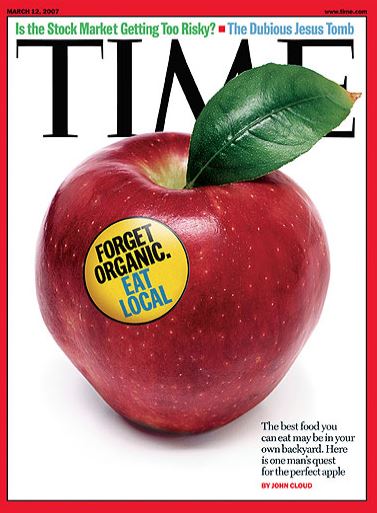It's hard to believe it's been almost five years since the finely textured beef (aka "pink slime") scandal broke. To briefly re-cap, by 2012 it had become an industry standard to include finely textured beef with other beef trimmings to make ground beef. The process enabled food processors to add value, cut down on waste, and increased the leanness of ground beef in an affordable manner. But, a series of news stories broke, which caused public backlash against the process, and ultimately led to the closure of several plants that produced finely textured beef. In 2013, I wrote about my visit to BPI, one of the largest producers of lean finely textured beef (this summer, ABC settled a multi-million dollar lawsuit brought by BPI regarding ABC's coverage of the issue). I devoted a whole chapter of my 2016 book, Unnaturally Delicious, to the issue. I'll also note, for some aspiring journalist out there, that I can imagine a highly compelling a book-length treatment of the saga.
Back to the heart of the story, must of the public backlash presumably came about because the public was worried about taste or safety of ground beef made with finely textured beef. In the monthly Food Demand Survey (FooDS), we've been running for almost five years, we ask about perceptions of the safety of "pink slime" and of "lean finely textured beef". The data suggests neither are top safety concerns. The most common answer is that people are "neither concerned nor unconcerned" about the safety of these issues (for lean finely textured beef, the average response is actually in the direction of "somewhat unconcerned").
Well, what about taste? People may think "pink slime" tastes bad, but what would happen in a blind taste test? Along with several of my former econ and meat science colleagues at Oklahoma State University (Molly Depue, Morgan Neilson, Gretchen Mafi, Bailey Norwood, Ranjith Ramanathan, and Deb VanOverbek), we conducted a study to find out. The results were just published in PLoS ONE. Here's what we found.
“Over 200 untrained subjects participated in a sensory analysis in which they tasted one ground beef sample with no finely textured beef, another with 15% finely textured beef (by weight), and another with more than 15%. Beef with 15% finely textured beef has an improved juiciness (p < 0.01) and tenderness (p < 0.01) quality. However, subjects rate the flavor-liking and overall likeability the same regardless of the finely textured beef content. Moreover, when the three beef types are consumed as part of a slider (small hamburger), subjects are indifferent to the level of finely textured beef.”
So, a burger made with 15% finely textured beef is as tasty or tastier than a burger without finely textured beef. If people knew this, would it have changed their reaction to the Jamie Oliver show or the 2012 ABC News stories?


